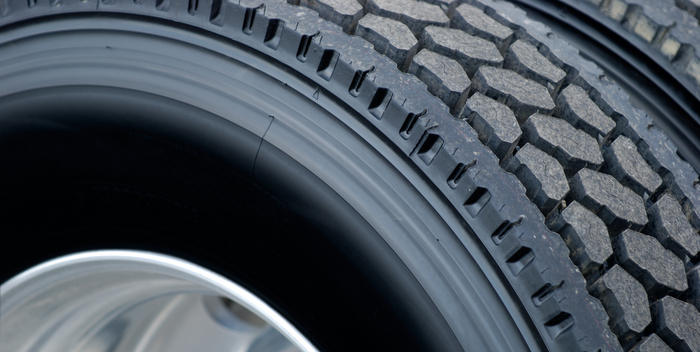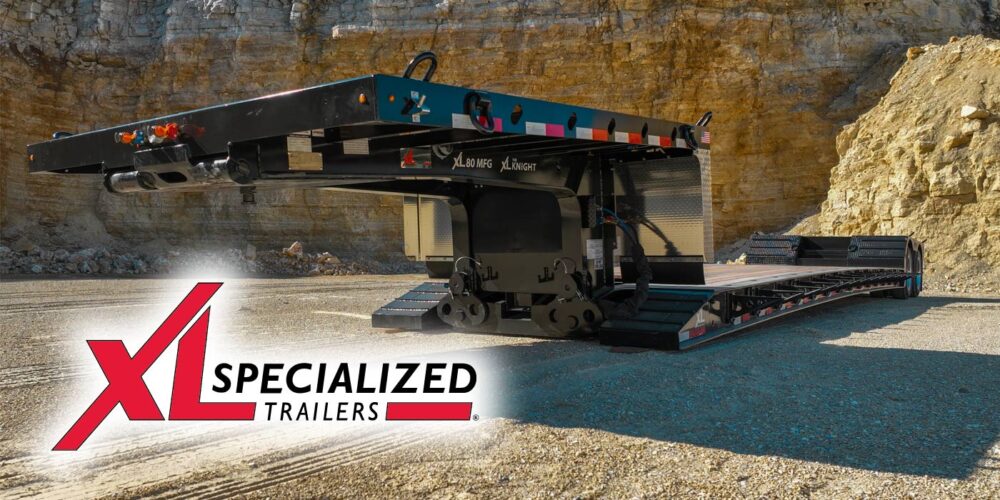Every fleet tire manager has similar goals of maximizing tire removal mileage. The biggest issue is to reduce and minimize tire irregular wear. Tire tread irregular wear conditions will lead to premature tire removals and also reduced fuel economy. When tires are not wearing smoothly and evenly fuel economy will drop dramatically.
There are many reasons commercial truck tires may develop irregular wear. It may be just one reason or it can be a combination of many variables. Irregular wear patterns share some common factors.
When trying to understand the root cause of the irregular or uneven wear patterns, look for these common factors:
• Tire inflation pressure;
• Tire bead seating/assembly;
• Runout/balance;
• Worn or broken suspension components;
• Vehicle alignment; and
• Specific tire make/model.
Recommended tire inflation pressure is based on the worst case load that the vehicle and tire will experience. When inflation pressure is too high or too low for a specific load, the tire footprint will no longer be optimal, which can lead to shoulder cupping, fast shoulder wear and even fast center rib wear if the tire is significantly overinflated.
Irregular wear will certainly develop at an earlier mileage if a tire is not mounted uniformly. Tires should always be checked for concentric bead seating on both sides of the tire assembly by measuring the distance between the rim flange edge and the bead seating ring. If the distance between the rim flange edge and the bead seating ring varies by more than 2/32-in. on either side, the tire was improperly seated.
Both lateral and radial runout will also lead to irregular wear. The best way to check the tire assembly runout is to place a dial indicator near the center of the tread and spin the tire. The same exercise can be done on the tire sidewall. This will quickly identify tire “high spots.” A tire needs to be running “true” and uniformly during every tire revolution to ensure maximum tire mileage.
When troubleshooting, another important variable to consider is worn or broken suspensions, which wear over time as a result of normal vehicle operation. Steer tires may develop irregular wear if there are problems with steer axle components. Check for the following components as they may lead to steer tire wear: Worn kingpin; front suspension fasteners; weak or worn shock absorbers; tie rods; loose wheel bearings; improperly adjusted air springs; and worn steering component connections.
For drive or trailer axles, items to consider are shock absorbers, loose axle U-bolts, worn bushings and improperly functioning ride control systems.
Maintaining total vehicle alignment will play a helpful role in keeping tires running smoothly and evenly. A common steer axle alignment issue is “toe” out of spec. If there is fast outside shoulder wear on both steer tires, then that points to toe-in being outside of spec. The opposite is true for fast inside shoulder wear on both steer tires, which is a “toe-out” condition.
When tire irregular wear develops on tires from more than one axle, check and verify the total alignment of both tractor and trailer. The tractor alignment may be perfect, but if the trailer is tracking to the right or left, it leads to trailer tire irregular wear issues, as well as irregular wear on steer and/or drive tires.
The last major variable to check is if the correct tire design for the specific service vocation and wheel position was chosen. For instance, if a deep tread depth rib tire was chosen for a slow-wearing linehaul, coast-to-coast operation, it could cause shoulder step wear. A better choice would have been a slow wearing shallower tread depth design. Work closely with your tire professional to choose the proper tire design.
A great resource on troubleshooting tire irregular wear is the Maintenance & Technology Council (TMC) Recommended Practice 252, which covers step-by-step troubleshooting of just about every type of irregular condition that a fleet may encounter.














